The promise of new flavours beckons from Banawe.
The Fault in Our Wanderlust: What Travellers Should Know About Tourist Spot Rehabilitation
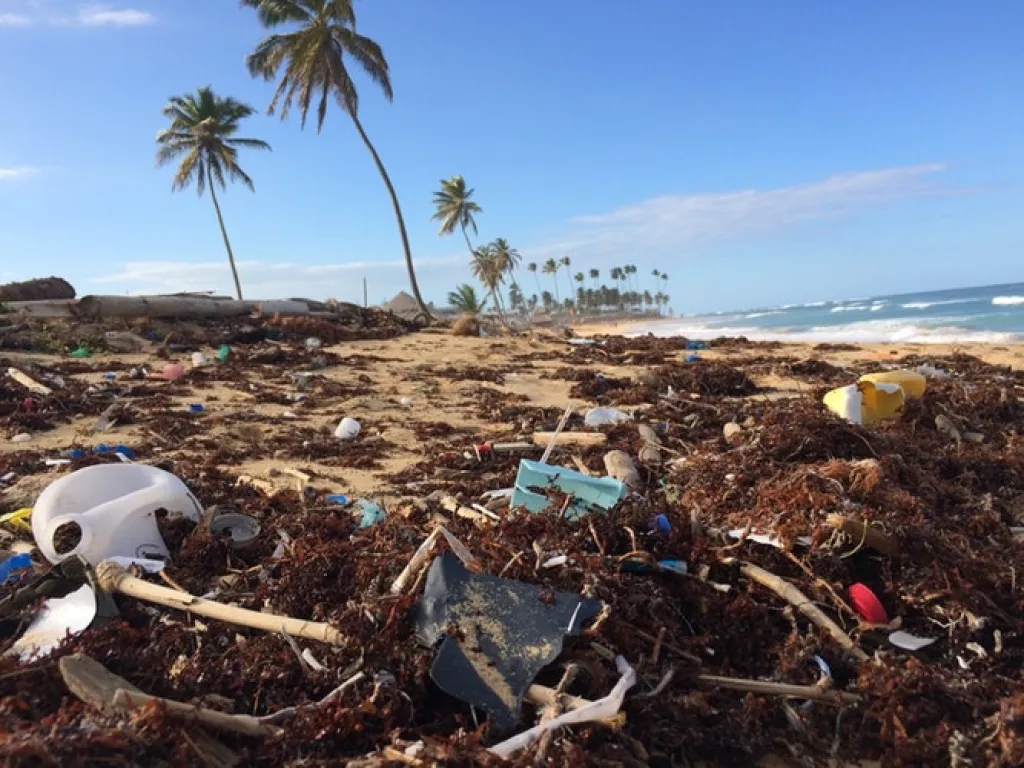
They say that old habits die hard, and with the recent reopening of Boracay, this statement can’t get any truer.
Only having been opened a few weeks ago after its rehabilitation, Boracay has already shown symptoms of relapsing into a “cesspool.” Littering, partying, smoking, and drinking — despite the new environmental laws and regulations — have made a fast comeback in the island paradise.
On top of that, Boracay isn’t the only tourist spot in the Philippines that has caught the attention of the government. Other well-known places including Baguio, Palawan, and Siargao are said to be the next targets for rehabilitation.
Over the closure of Boracay, there have been several arguments as to whether tourist spot rehabilitation would serve the Philippines well. As travellers, however, we may share one thought in common. Love it or hate it, the fact that the government has started tourist spot rehabilitation implies that there’s a huge problem in tourism. The world is facing ecological degradation, and unfortunately, we’re the culprits.
Also read: I’m Tired of the Term ‘Responsible Traveller’
Sustainable tourism
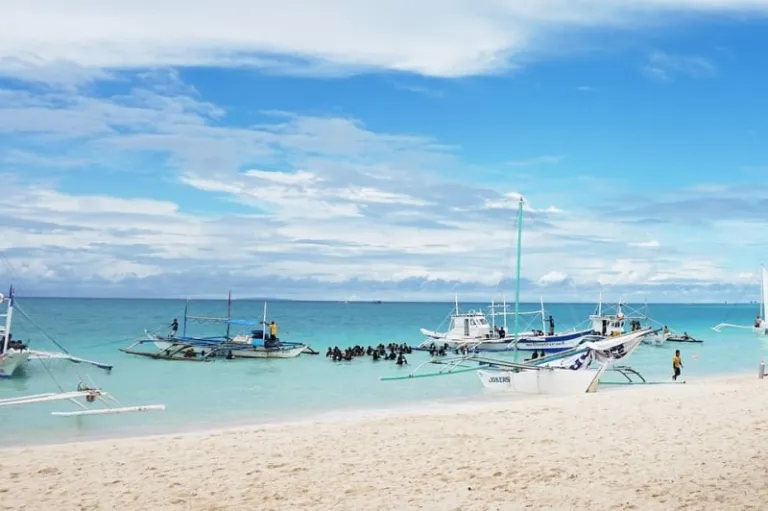
Honestly, I find it ironic as a travel writer to tag myself as an environmentalist. From plane flights to hotel rooms, almost every move I take during a trip is damaging for the environment. Then again, I struggle with grasping the thought of staying put. And I’m pretty sure I’m not alone here as the travel community only gets larger and larger each year. As Maya Angelou put it — “You only are free when you realize you belong no place — you belong every place — no place at all.” Hence, to give up travelling is out of the question for me.
Instead, as travellers, the next best thing we can do for the environment is practice sustainable tourism. In the words of UNESCO, this means “tourism that respects both local people and the traveller, cultural heritage and the environment.” It’s never easy to fully adapt this travel lifestyle, but who else can be accountable for the world we live in more than those who trek through its wonders?
More than anyone, travellers know how important our natural environment is. We take long road trips to lounge in pristine beaches. We give up our home luxuries for hiking up majestic mountain peaks. No bathtub, no matter how grand, can top the refreshing feeling we get after taking a dip in a natural pool.
On that note, historical sites and man-made structures also demand environmental protection to maintain their integrity. Ecological degradation make tourist spots prone to natural calamities. With this, it’s hard to imagine a true traveller who doesn’t value Mother Nature enough to take steps to preserve it. So, let the list below serve as a reminder for all of us to travel the world kindly.
What we can do
1. Support local
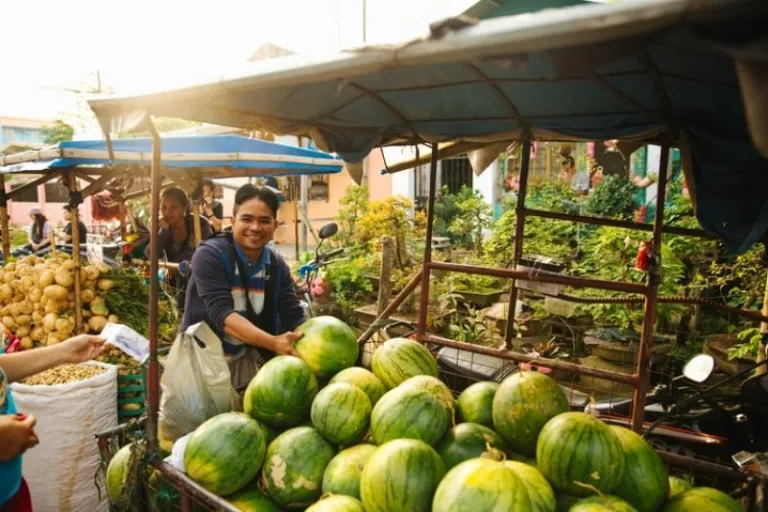
Book local tourist guides. Dine in locally-owned restaurants and cafés. Buy unique souvenirs or pasalubongs from local vendors. Supporting local establishments aids the economy of tourist destinations big time. In fact, many tourist destinations would consider tourism as their major income generating industry. Additionally, supporting local also protects the environment as local entities don’t leave as much carbon footprint as would foreign imports.
Also read: 7 Ways Pinoys Can Travel The Philippines Better
2. CLAYGO
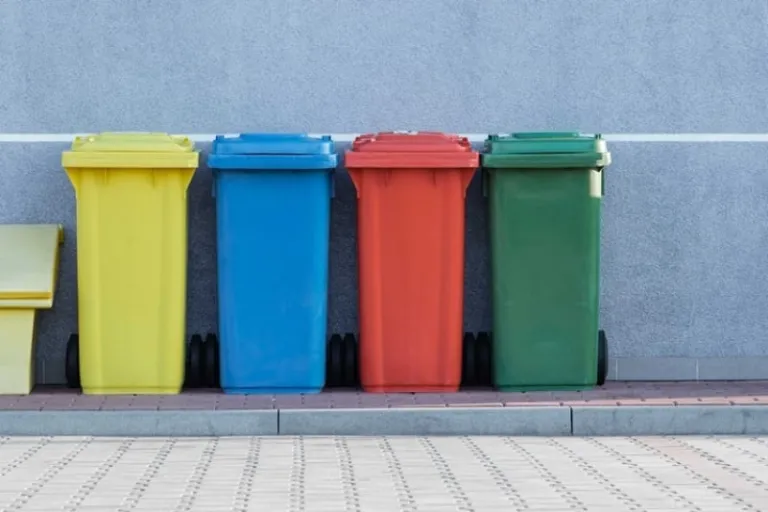
Clean as you go — a phrase most of us have heard since we were little. Regularly taking part in beach cleanups, I’ve seen how damaging trash as small as cigarette butts and candy wrappers are to both the health and beauty of the ocean. I’ve also seen tourists having picnics by the beach and leaving their paper plates and plastic bottles everywhere. My dear travellers, please do the world a favour and stop treating it as a garbage can. It takes hundreds of years for most trash to degrade, and while it does, it releases toxic chemicals harmful to plants, animals, and humans.
3. Reduce waste
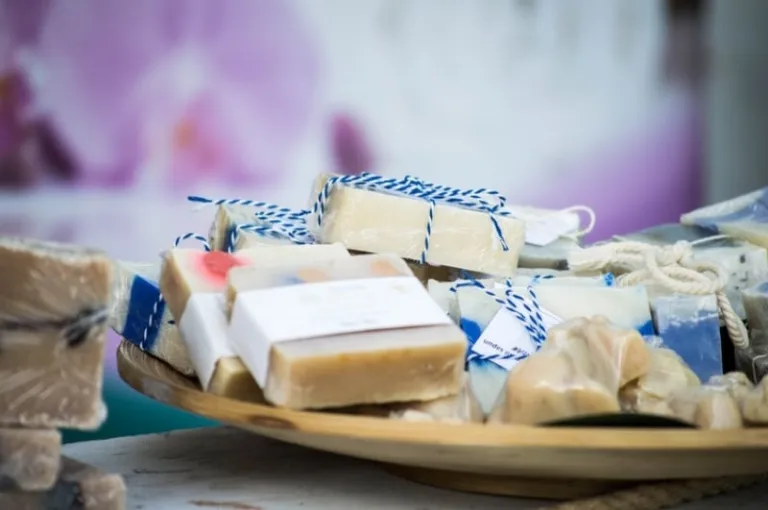
Many travellers have adapted the zero-waste lifestyle for a reason. Through our journeys around the world, we see how one man’s trash can immediately destroy the appeal of a tourist spot. This has led several of us to opt for shampoo bars in place of sachets, bamboo straws instead of single-use ones, and reusable laundry bags to forego plastic bags. After all, the refusal of any resource is the best way to help the environment. Remember that reusing and recycling materials only come if refusing isn’t possible. As travellers, we’re especially accountable to reduce our carbon footprint as much as we can.
4. Walk, walk, walk
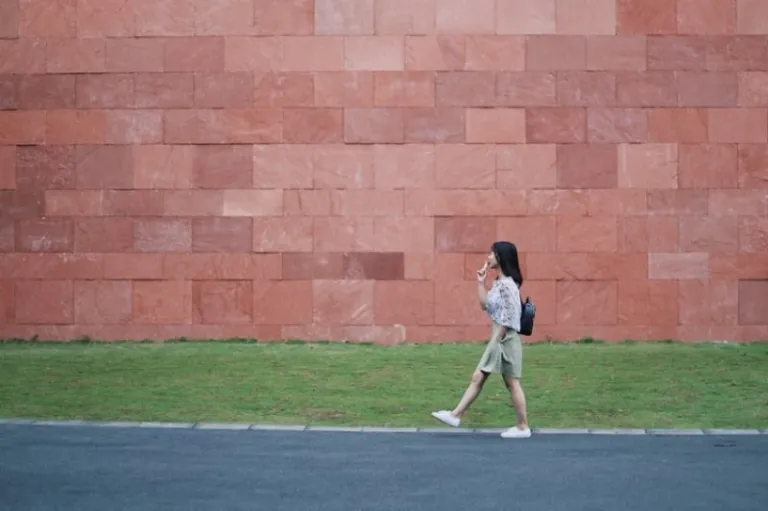
Transportation emits crazy amounts of CO2. As much as possible, walk when touring around a place. Besides, treading the land by foot doesn’t only help save the environment, it also shows you more details of the place you’re in. But, if your next destination is too far to reach by foot, then take public transportation if you can.
5. Support eco-friendly establishments
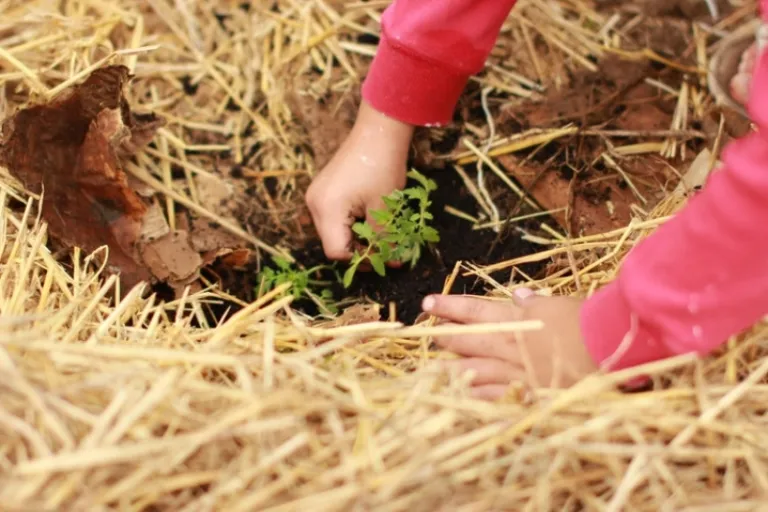
Since sustainable tourism has trended, more and more companies have stepped into the bandwagon of being green. Sadly, several companies practice greenwashing in order to gain tourist attractions, so observe the establishments you support. Are their products reusable or do they splurge on useless items? Do they offer eco-friendly activities? Do they comply with environmental regulations? Know their values, and make sure they’re with us in our efforts to make the world a better place.
Also read: 5 Ways To Be A Better Traveller
Most people, who have experienced travelling at least once, desire to travel again. I have yet to meet a person who doesn’t want to explore new sights and witness foreign cultures. But, if we want to continue travelling the world, then we have to consider how to keep it beautiful. The world is all we have, anyway.
Published at
About Author
Danielle Uy
Subscribe our Newsletter
Get our weekly tips and travel news!
Recommended Articles
10 Best Banawe Restaurants for a Mouthwatering Food Trip in QC 10 Commandments for Responsible Travel Flexing Spread the good word!
10 Fun Things to Do in Manila Alone Live your best life in Manila, even when you’re riding solo.
10 Tips for Planning Out-of-Town Trips During Typhoon Season Stay safe and travel well during the rainy season.
12 Most Colourful Natural Attractions Around The World! It’s time to cross over the rainbow!
Latest Articles
Dragon Treasure Castle Guide: A New Spot to Add to Your Baguio Itinerary This castle in Baguio looks straight out of Game of Thrones!
You May Get Flagged for a US Visa in 2025 If You Are a Filipino Transgender Traveller US Visa Guide for Trans
Bluey’s Coming to Manila in 2026! Here’s How to See the Stage Show and What You Need to Know See ticket details for Bluey's stage show in Manila!
Filipino Married Women Are Now Allowed to Revert to Their Maiden Name on Passports One-time chance to reclaim your maiden name. Would you do it?
81-Year-Old Filipina Bags Most Intrepid Traveller at the World Travellers “Oscars” An inspiring Filipina American wins the Most Intrepid Traveller award after remarkable global journeys.

